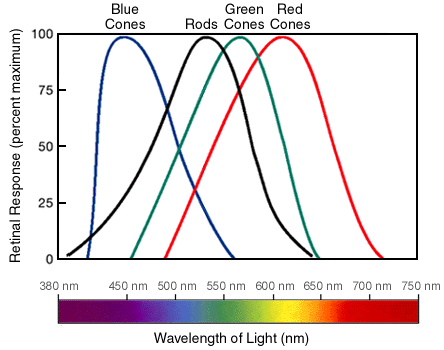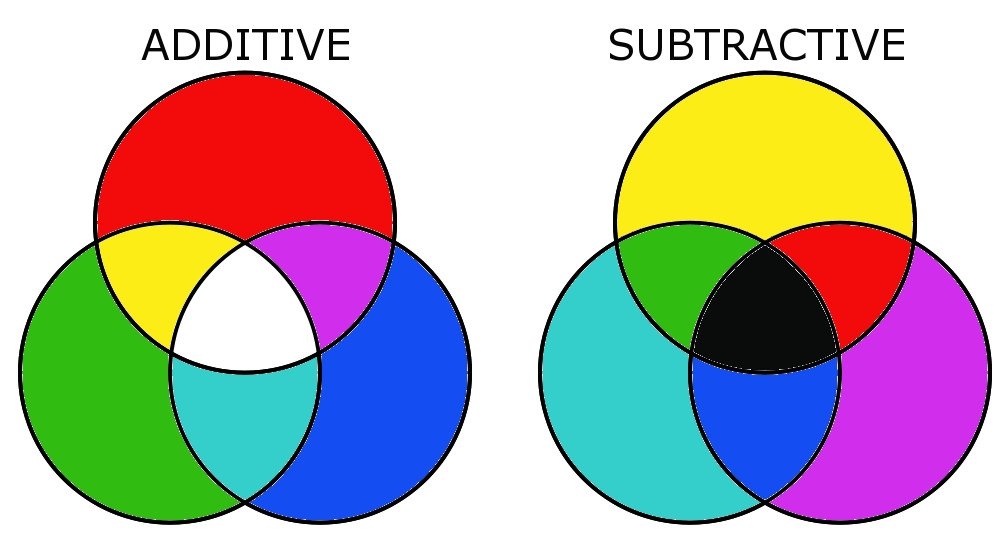I not only feel colors, my feelings make me see colors. Music can also bring colors. Basically, strong emotions have colors, for me. Wanna know what is really weird, I am color blind, I cannot differentiate red and green. The biggest problem I have had was driving cross country, there are places that have Stop Lights positioned horizontally, Unless I saw the light change, because of the yellow light coming on, I was unsure if it was a red or green light! However, my mind's eye is not color blind and I do see green and red, vividly, when emotionally charged.
I am unsure if it is impressive. I also don't know any different. I didn't know I was different until I was in my teens, that was also when I stopped talking about it. I was in my 30's before I even knew what it was, I heard a radio show interview with a musician, who was talking about his music being colors.
Synesthesia, is what it is called. It's funny when I read things about it. For instance, I am good, very good, at Math, or was, or can be, but, I do not associate colors to it, or to words, rather, maybe some words, not really sure. Haven't really bothered to write them down.
I just do me, and try not to stand out, too much.

I also try hard not to reveal it to people, when it is happening, even though that can be difficult, at times.
Anyway, back to our regularly scheduled programs.

Punch Drunk Love, is the only movie that had scenes that were anything like what I feel like, sometimes. If you are familiar w/ that movie, there are moments of color, that had to be made by someone with Sensythesia.








 I also try hard not to reveal it to people, when it is happening, even though that can be difficult, at times.
I also try hard not to reveal it to people, when it is happening, even though that can be difficult, at times.